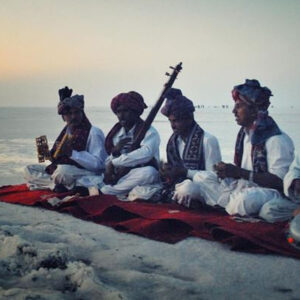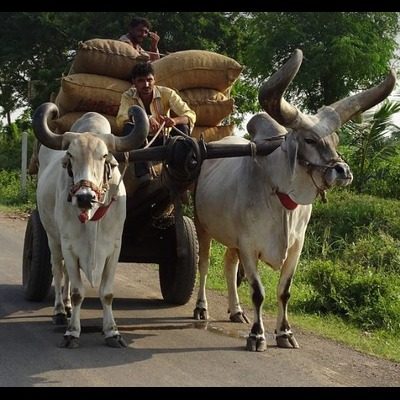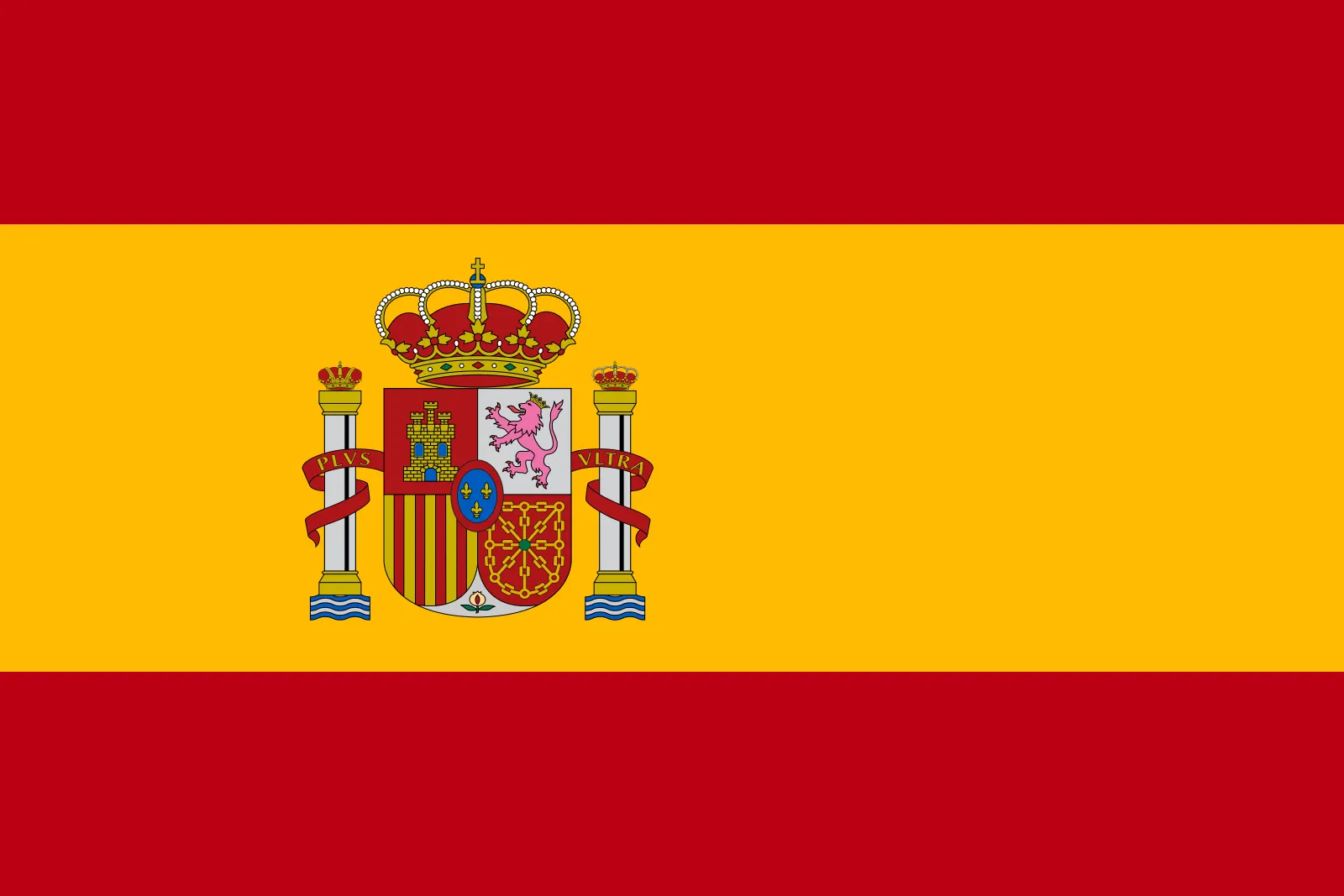Tour in Gujarat
Tour in Gujrat
Enchanting Wonders of Gujarat Tour with Ciao India Tours
Gujarat is one of the states that paradoxically capture the roots and identity of India and its history of being a vibrant civilization. Starting from the glorious palaces, marvellous temples, exotic landscapes to crowded cosmopolitan cities, Gujarat has especial enchantment for every tourist. At Ciao India Tours, we have been very selective in our choice of tour packages in Gujarat so that Regardless of the region within Gujarat, you will be guided through the trips in comfort.
Why Go for Ciao India Tours for your adventure in Gujarat?
Being an Inbound Tour Operator, we at Ciao India Tours have the knowledge about Gujarat and the specialties that are not easily discoverable. The filed-tailored tour packages in Gujarat are made for visitors to get the best experiences according to their passion and style. This is regardless of whether your fancy is captured by the ancient architectural structures provided by Indian forts or the laid-back coastal theme offered by the seaside towns.
Travel to the Amazing Gujarat with Our Tour Packages, choose the one that suits you best or customize it as per your interests.
Benefits of Booking with Us
Customizable Packages – This means that the specific tour packages offered in Gujarat are flexible, and all of them can be adjusted to the client’s view. Our Packages include, but are not limited to;- Sightseeing; where we can organize and get information about history of a particular country, wild animals and natural environment … Religious tours.
Competitive Pricing – We do not sell the products at very high prices and yet we do retain quality of the products that we offer. This puts us in a position to provide our customers with the locally best priced accommodations, transport and activities.
24/7 Support – We assist you from the time a case is reported all through to the time it is conclusively closed. Whether it is a question at the beginning of a workday or a request for a change at midnight or an idea of what attractions around the area should be recommended to clients, there is a team.
Contact us to ask for quote via WhatsApp, Chat, query form or email.
WhatsApp – +919971981381
Email – info@ciaoindiatours.com










